|
Kingdom of England |
|
|
| 1693: |
Earl of Donegal’s
Regiment of Foot
│ |
| 1698: |
disbanded
|
| 1701: |
Earl of Donegal’s
Regiment of Foot
│ |
| 1706: |
Richard Gorges’s
│ |
| 1707: |
Kingdom of Great Britain |
|
│ |
| 1717: |
Charles Otway’s
│ |
| 1748: |
2nd Bn raised
│ |
| 1749: |
2nd Bn disbanded
│ |
| 1751: |
35th Regiment of Foot
(The Prince of Orange’s Own
Regiment)
│ |
|
│

│ |
|
│ |
Presidency of Bengal |
|
│ |
| 1765: |
│ |
3rd Bengal European Regiment
│ |
| 1782: |
35th (Dorsetshire)
Regiment of Foot
│ |
│
│
│ |
| 1783: |
│
│ |
3rd Bengal European Battalion
│ |
4th Bengal European Battalion
│ |
|
 |
 |
 |
| 1796: |
│
│ |
3rd Bengal European Regiment
│ |
| 1798: |
│
│
│
│ |
disbanded
|
| 1799: |
2nd Bn raised
│ |
| 1801: |
United Kingdom of
Great Britain and Ireland |
|
│ |
| 1803: |
2nd Bn disbanded
│ |
| 1804: |
2nd Bn raised
│ |
| 1805: |
35th (Sussex)
Regiment of Foot
│ |
| 1817: |
2nd Bn disbanded
│ |
| 1832: |
35th (Royal Sussex)
Regiment of Foot
│ |
| 1854: |
│
│
│ |
3rd Bengal (European)
Light Infantry
│ |
| 1858: |
│
│ |
│
│ |
4th Bengal European Regiment
│ |
| 1859: |
│ |
United Kingdom of Great Britain and Ireland |
|
│ |
│ |
│ |
| 1859: |
│
│ |
3rd Bengal Light Infantry
│ |
│
│ |
| 1861: |
│
│ |
│
│ |
disbanded |
| 1862: |
│
│
│
│ |
transferred to the British Army
107th Regiment of Foot
(Bengal Light Infantry)
│ |
|

│ |
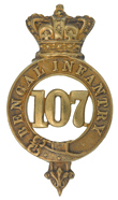
│ |
|

│ |
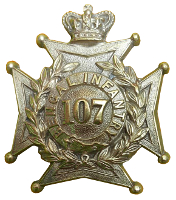
│ |
|
The creation of the territorial regiments by the Childers reforms |
|
│ |
│ |
|
 |
 |
| 1881: |
1st Bn, |
2nd Bn, |
|
The Royal Sussex Regiment |
|
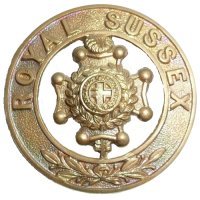
│ |
|
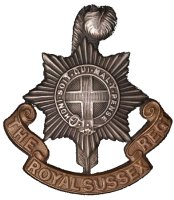
│ |
| 1922: |
United Kingdom of Great Britain and Northern Ireland |
|
│ |
| 1948: |
2nd Bn disbanded
│ |
| 1948: |
│ |
| 1958: |
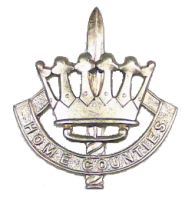
│ |
| 1966: |
3rd Battalion (Royal Sussex),
The Queen’s Regiment
│ |
| 1968: |
3rd Battalion,
The Queen’s Regiment |
|
part of
The Queen’s Division |
│ |
|
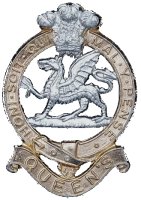
│ |
| 1992: |
merged into
The Princess of Wales’s Royal Regiment
(Queen’s and Royal Hampshires) |
|
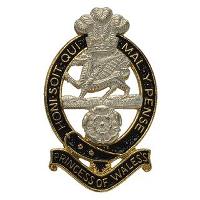 |
|
|














